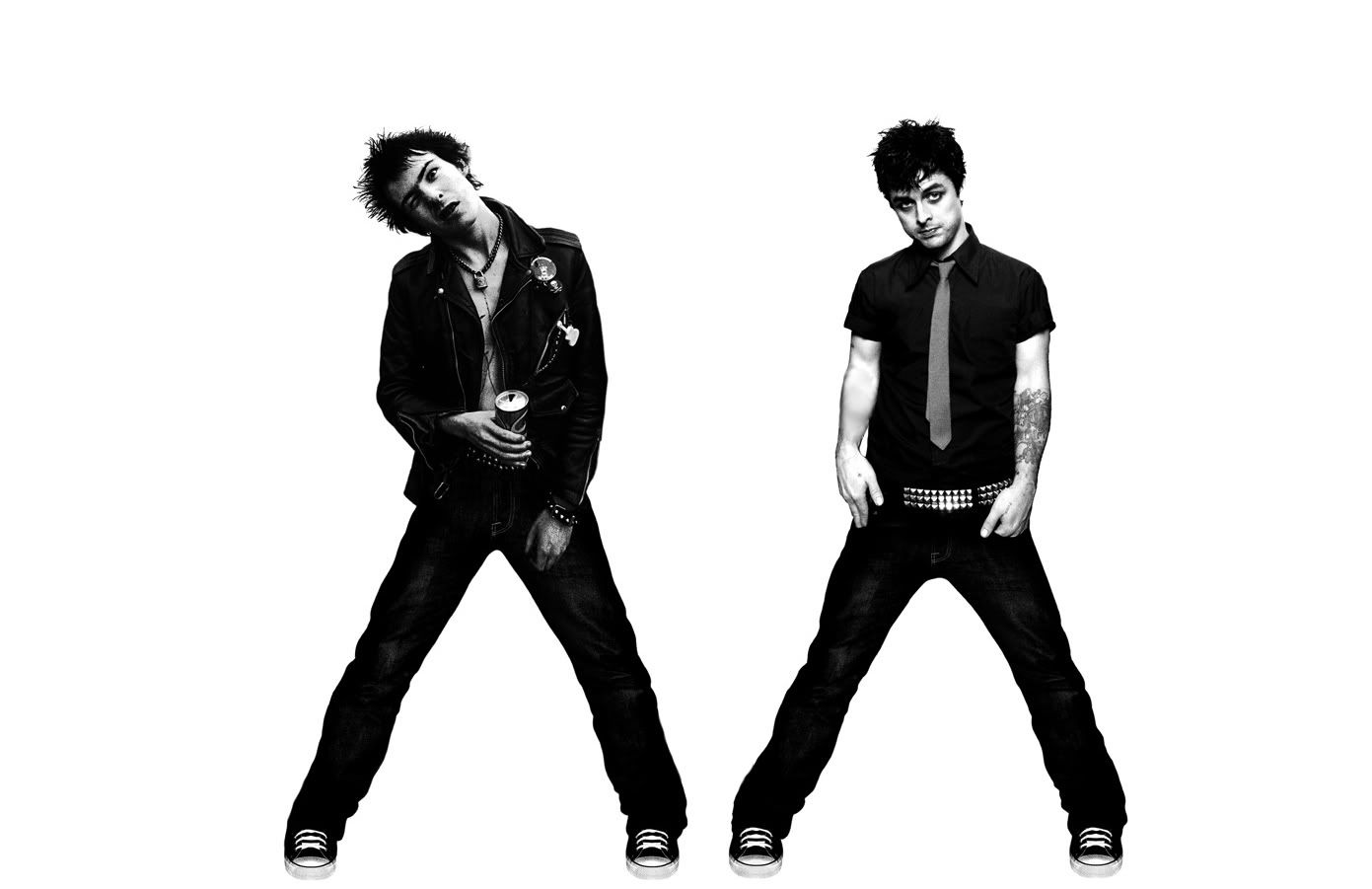What we thought of was the three social media sites - Instagram, Vine, and twitter.
For instagram we thought that you could share your #tobleronemoment. People that shared the story that made us laugh the most would win a prize of being in our print ads or winning cash and a bunch of Toblerone.
For example, this guy could submit this and say "Me buying my favorite candy. Even though my dad ate the WHOLE THING #tobleronemoment"
Another example are these two funny guys, the caption might be "My homeless friend lost a bet and gave me the only thing he owned. Winning. #tobleronemoment"
And lastly i'll use this as an example or how creative people could get with this. The caption might say something like "Opened my candy bar and got cement. What an unexpected Christmas gift from Toblerone. #tobleronemoment"
Not only can people share this with instagram or make video with vine, but to share on twitter also. We wanted to make the focus on this one campaign but our consumer would be able to share on these three social media sites. We talked about focusing on the new flavor or just toblerone in general but decided that focusing on the old classic toblerone would be more successful. Since we are opening up the door for people to buy the toblerone they originally loved, they would see the sweet and salty new flavor next to it and in turn would create awareness about this new product. Which is what we wanted all along.







